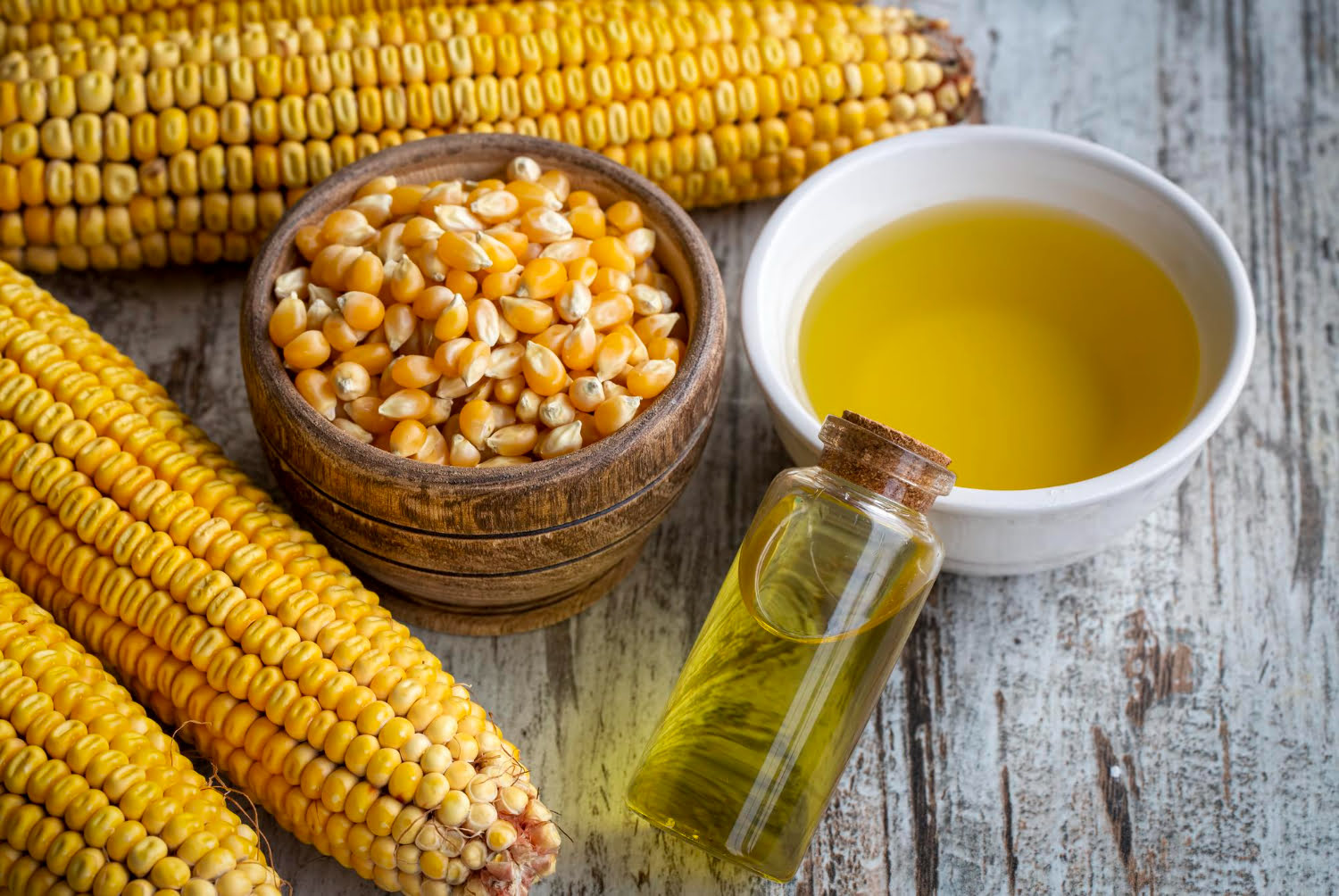

Articles
How To Store Corn Syrup After Opening
Modified: January 5, 2024
Learn the best practices for storing corn syrup after opening in this comprehensive article. Keep your corn syrup fresh and ready for use with these simple storage tips.
(Many of the links in this article redirect to a specific reviewed product. Your purchase of these products through affiliate links helps to generate commission for Storables.com, at no extra cost. Learn more)
Introduction
Welcome to the comprehensive guide on how to properly store corn syrup after opening. Corn syrup is a versatile sweetener that is used in a variety of recipes, ranging from baked goods to candies and beverages. It is a valuable ingredient to have on hand in any kitchen.
However, once you open a bottle of corn syrup, it’s important to ensure that you store it correctly to maintain its quality and freshness. Improper storage can lead to changes in consistency, flavor, and even spoilage of the syrup. By following the steps outlined in this guide, you can prolong the shelf life of your corn syrup and continue to enjoy its sweetness in your favorite recipes.
In the following sections, we will explore the importance of proper storage for corn syrup, provide you with a step-by-step guide on how to store it after opening, suggest recommended storage containers, offer tips for maintaining corn syrup quality, and address some frequently asked questions related to corn syrup storage.
So, let’s delve into the world of corn syrup storage and discover how to keep your favorite sweetener fresh and ready to use for longer periods.
Key Takeaways:
- Properly storing corn syrup after opening is crucial to maintain its flavor, texture, and shelf life. Follow simple steps like securely closing the bottle and choosing an ideal storage location to ensure freshness.
- Choosing the right storage container, avoiding temperature fluctuations, and regularly inspecting for spoilage are key to maintaining the quality of stored corn syrup. Proper storage can save money and ensure consistent recipe results.
Read more: How To Store Maple Syrup After Opening
Understanding Corn Syrup
Before diving into the details of storing corn syrup, it’s essential to have a basic understanding of what corn syrup is and how it’s made. Corn syrup is a liquid sweetener derived from cornstarch. It is primarily composed of glucose, a simple sugar molecule. Corn syrup has a thick and sticky consistency, making it an excellent choice for providing sweetness and moisture in a wide range of recipes.
There are different types of corn syrup available, including light corn syrup and dark corn syrup. Light corn syrup is clear and has a mild, sweet flavor. It is commonly used in recipes that require a sweetener without adding any additional flavor. Dark corn syrup, on the other hand, has a darker color and a stronger, more robust flavor. It contains molasses, which gives it a distinctive taste. Dark corn syrup is often used in recipes like pecan pie or barbecue sauces, where the flavor profile is desired.
Corn syrup has several unique properties that make it an important ingredient in cooking and baking. One of its key characteristics is its ability to prevent crystallization and provide a smooth texture in recipes like candies and frostings. It also helps to retain moisture in baked goods, leading to softer and moister final products.
When it comes to storage, corn syrup can be stored at room temperature before opening. However, once the bottle is opened, it’s crucial to take extra precautions to maintain its quality and freshness. The following sections will provide you with step-by-step instructions on how to store corn syrup properly after opening to ensure its longevity and usability.
Importance of Proper Storage
Properly storing corn syrup after opening is crucial for maintaining its quality and maximizing its shelf life. By taking the necessary steps to store corn syrup correctly, you can ensure that it remains fresh, flavorful, and ready to use in your favorite recipes for an extended period.
Here are some reasons why proper storage is essential:
- Prolongs Shelf Life: Corn syrup, like many other food products, can deteriorate in quality over time. Exposure to air, heat, and moisture can cause flavor changes, texture alterations, and even the growth of microorganisms. By storing corn syrup properly, you can slow down these processes and extend its shelf life.
- Retains Flavor and Texture: Corn syrup is known for its distinct sweetness and smooth consistency. Improper storage can lead to changes in flavor and texture, such as becoming grainy or developing an off taste. By storing it correctly, you can preserve its original flavor profile and ensure that it maintains its syrupy texture.
- Saves Money: When you properly store corn syrup, you can avoid wastage. Keeping it fresh and usable for longer periods means you won’t have to throw it away due to spoilage or quality degradation. This can help you save money by making the most out of your corn syrup bottle.
- Consistent Recipe Results: If your corn syrup is not properly stored, it may lose its effectiveness as a sweetener and texturizer in recipes. This can lead to inconsistent results, affecting the taste and texture of your baked goods or confections. By storing corn syrup correctly, you can ensure that it performs its intended role in your recipes consistently.
Now that you understand the importance of proper corn syrup storage, let’s move on to the next section, where we will provide you with a step-by-step guide on how to store corn syrup after opening.
Step-by-Step Guide to Storing Corn Syrup After Opening
Properly storing corn syrup after opening is a simple process that requires a few easy steps. By following these guidelines, you can ensure that your corn syrup remains fresh and ready to use for an extended period. Here’s a step-by-step guide to help you:
- Securely Close the Bottle: After using the corn syrup, ensure that the bottle is tightly sealed to prevent air exposure. This will help maintain the freshness and quality of the syrup.
- Wipe the Bottle Clean: Before storing the corn syrup, wipe the bottle clean to remove any spills or residue on the outside. This will help prevent stickiness and potential attractants for pests.
- Choose an Ideal Storage Location: Find a cool, dark, and dry place to store the corn syrup. Avoid areas of the kitchen that are exposed to direct sunlight or heat sources, such as the stovetop or beside the oven. Fluctuations in temperature can affect the quality of the syrup.
- Consider Refrigeration: While corn syrup doesn’t require refrigeration, storing it in the refrigerator can help prolong its shelf life. Refrigeration can slow down the natural degradation processes, preserving the flavor and consistency of the syrup. However, refrigeration can cause the syrup to become thicker, so you may need to warm it slightly before use.
- Protect from Moisture: Moisture can cause the corn syrup to spoil or develop mold. Store the syrup away from areas with high humidity, and ensure that the lid is sealed tightly to prevent any moisture from entering.
- Label and Date the Bottle: To keep track of the corn syrup’s shelf life, label the bottle with the date it was opened. This will help you know when it’s time to replace or discard the syrup if it starts to show signs of spoilage or quality degradation.
By following these steps, you can ensure that your corn syrup remains fresh, flavorful, and ready for use in your various recipes. The next section will provide you with some recommended storage containers for corn syrup to further optimize its storage.
Store corn syrup in a cool, dry place away from direct sunlight. Make sure the lid is tightly sealed to prevent crystallization. If crystallization occurs, place the container in warm water to dissolve the crystals.
Recommended Storage Containers
When it comes to storing corn syrup after opening, choosing the right container is crucial to maintain its quality and prevent any leaks or spills. Here are some recommended storage containers for corn syrup:
- Glass Jars or Bottles: Glass containers are an excellent option for storing corn syrup. They are non-reactive and do not absorb odors or flavors, ensuring that your corn syrup remains pure and unaltered. Look for jars or bottles with airtight lids to prevent air exposure and maintain the freshness of the syrup.
- Plastic Containers: If you prefer using plastic containers, opt for those specifically designed for food storage and are BPA-free. Make sure the containers have secure, leak-proof lids to ensure that your corn syrup stays intact and protected from air and moisture.
- Squeeze Bottles: Squeeze bottles with a tight-fitting cap or screw-on lid can be a convenient option for storing corn syrup. They allow for easy dispensing and keep the syrup well-sealed, preventing any spills or leaks. Just make sure the squeeze bottle is clean and dry before transferring the corn syrup into it.
- Plastic Bags or Ziploc Bags: For smaller amounts of corn syrup, you can use resealable plastic bags or Ziploc bags. Place the bag of corn syrup inside another larger bag for an added layer of protection against leaks. This method is best for short-term storage, and you may need to transfer the syrup to a more secure container if you plan to store it for an extended period.
Remember to choose containers that are appropriate for the amount of corn syrup you need to store. Select sizes that minimize the empty space in the container to limit air exposure.
Regardless of the container you choose, ensure that it is clean and completely dry before transferring the corn syrup into it. Any residue or moisture can compromise the quality of the syrup and potentially lead to spoilage.
Now that you know which containers are ideal for storing corn syrup, let’s move on to the next section, where we will provide helpful tips for maintaining the quality of your corn syrup.
Read more: How To Store Canned Corn After Opening
Tips for Maintaining Corn Syrup Quality
To ensure that your corn syrup remains fresh and of high quality for as long as possible, here are some helpful tips to keep in mind:
- Avoid Contamination: When using corn syrup, always use a clean utensil or pour it directly from the bottle to prevent any contamination. Do not use the same spoon or utensil that has come into contact with other ingredients, especially those that may introduce moisture or food particles into the syrup.
- Do Not Freeze: Freezing corn syrup is not recommended, as it can cause changes in consistency and affect the overall quality of the syrup. Stick to refrigeration or storing at room temperature for best results.
- Inspect for Spoilage: Regularly check your stored corn syrup for any signs of mold growth, unusual odors, or changes in color or texture. If you notice any of these signs, it is best to discard the syrup to avoid any potential health risks.
- Keep Away from Direct Sunlight: Exposure to direct sunlight can heat up the corn syrup and accelerate its deterioration. Store it in a cool, dark place to maintain its quality.
- Avoid Temperature Fluctuations: Fluctuations in temperature can affect the consistency and texture of corn syrup. Aim to store it in an area with a stable temperature to prevent any adverse effects.
- Monitor Storage Conditions: Regularly check the storage area for any signs of pests or excessive moisture. Properly seal the containers to prevent any infestation or spoilage.
- Rotate Stock: If you frequently use corn syrup, consider implementing a first-in, first-out system. Use older bottles before opening new ones to ensure that your supply doesn’t expire without being used.
- Consider Separation: Over time, corn syrup may separate or develop a layer of sediment at the bottom. Before using, gently mix the syrup to incorporate any separated ingredients or particles.
By following these tips, you will be able to maintain the quality and freshness of your corn syrup, ensuring optimal performance in your recipes.
Now, let’s address a few frequently asked questions about storing corn syrup after opening.
FAQs about Storing Corn Syrup After Opening
Here are some common questions about storing corn syrup after opening, along with their answers:
Q: Can I store corn syrup in the refrigerator?
A: Yes, you can store corn syrup in the refrigerator to prolong its shelf life. However, refrigeration can cause the syrup to become thicker. If you prefer a thinner consistency, you may need to warm it slightly before use.
Q: How long can I store corn syrup after opening?
A: Corn syrup can typically be stored for up to 12 months after opening, depending on the brand. However, always check the label for the manufacturer’s recommended storage guidelines.
Q: Can I store corn syrup in plastic containers?
A: Yes, you can store corn syrup in plastic containers. Look for containers designed for food storage and ensure they have secure, leak-proof lids to prevent air and moisture exposure.
Q: Can stored corn syrup go bad?
A: Over time, corn syrup may start to spoil or degrade in quality. Signs of spoilage include mold growth, off odors, changes in color or texture. If you encounter any of these signs, it is best to discard the syrup to avoid any potential health risks.
Q: Can I store corn syrup in the freezer?
A: Freezing corn syrup is not recommended as it can alter its consistency and affect its quality. Stick to refrigeration or storing at room temperature instead.
Q: Should I transfer corn syrup to a new container after opening?
A: If the original container is in good condition and has a secure lid, you can store corn syrup in it. However, if the original container is damaged or doesn’t seal properly, it’s best to transfer the syrup to a new container to ensure proper storage.
Always refer to the manufacturer’s recommendations and guidelines for storing corn syrup to ensure its freshness and quality.
Now, let’s wrap up this guide on storing corn syrup after opening.
Conclusion
Properly storing corn syrup after opening is essential for maintaining its quality, flavor, and longevity. By following the steps outlined in this guide, you can ensure that your corn syrup stays fresh and ready to use in your favorite recipes for an extended period.
Remember to securely close the bottle, choose a suitable storage location that is cool and dry, and consider refrigeration if desired. Protect the syrup from moisture and avoid temperature fluctuations. Label and date the bottle to keep track of its shelf life, and regularly inspect for any signs of spoilage.
When it comes to containers, glass jars or bottles, plastic containers, squeeze bottles, or resealable plastic bags can all be used to store corn syrup effectively. Ensure the containers are clean and dry to prevent contamination or spoiling.
Following these tips will help save you money, maintain consistent recipe results, and prolong the shelf life of your corn syrup. Take the time to store it correctly, and you’ll be able to enjoy its sweet and versatile qualities in your culinary creations for as long as possible.
We hope this comprehensive guide has provided you with valuable insights and answers to your questions about storing corn syrup after opening. Now, go confidently and store your corn syrup with care!
Frequently Asked Questions about How To Store Corn Syrup After Opening
Was this page helpful?
At Storables.com, we guarantee accurate and reliable information. Our content, validated by Expert Board Contributors, is crafted following stringent Editorial Policies. We're committed to providing you with well-researched, expert-backed insights for all your informational needs.
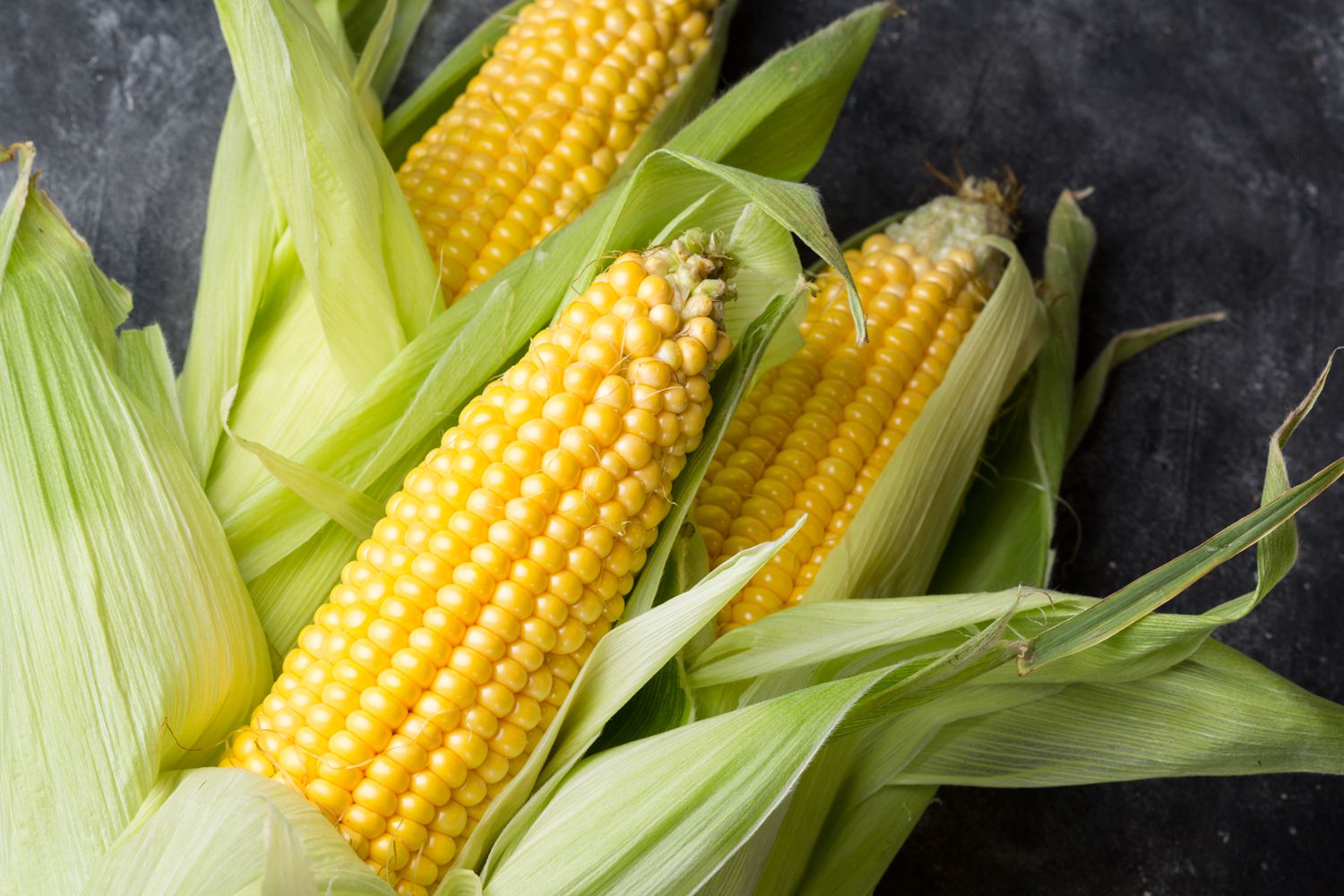
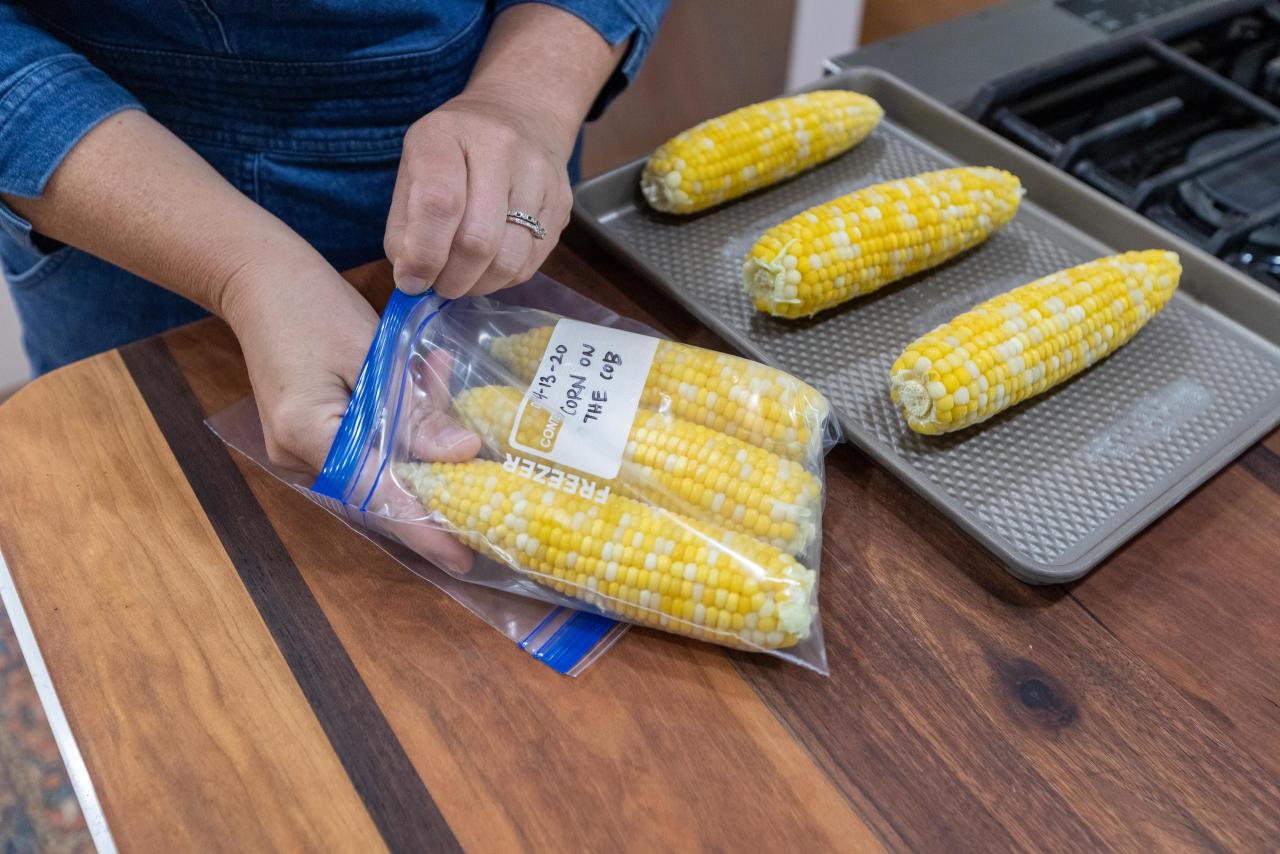
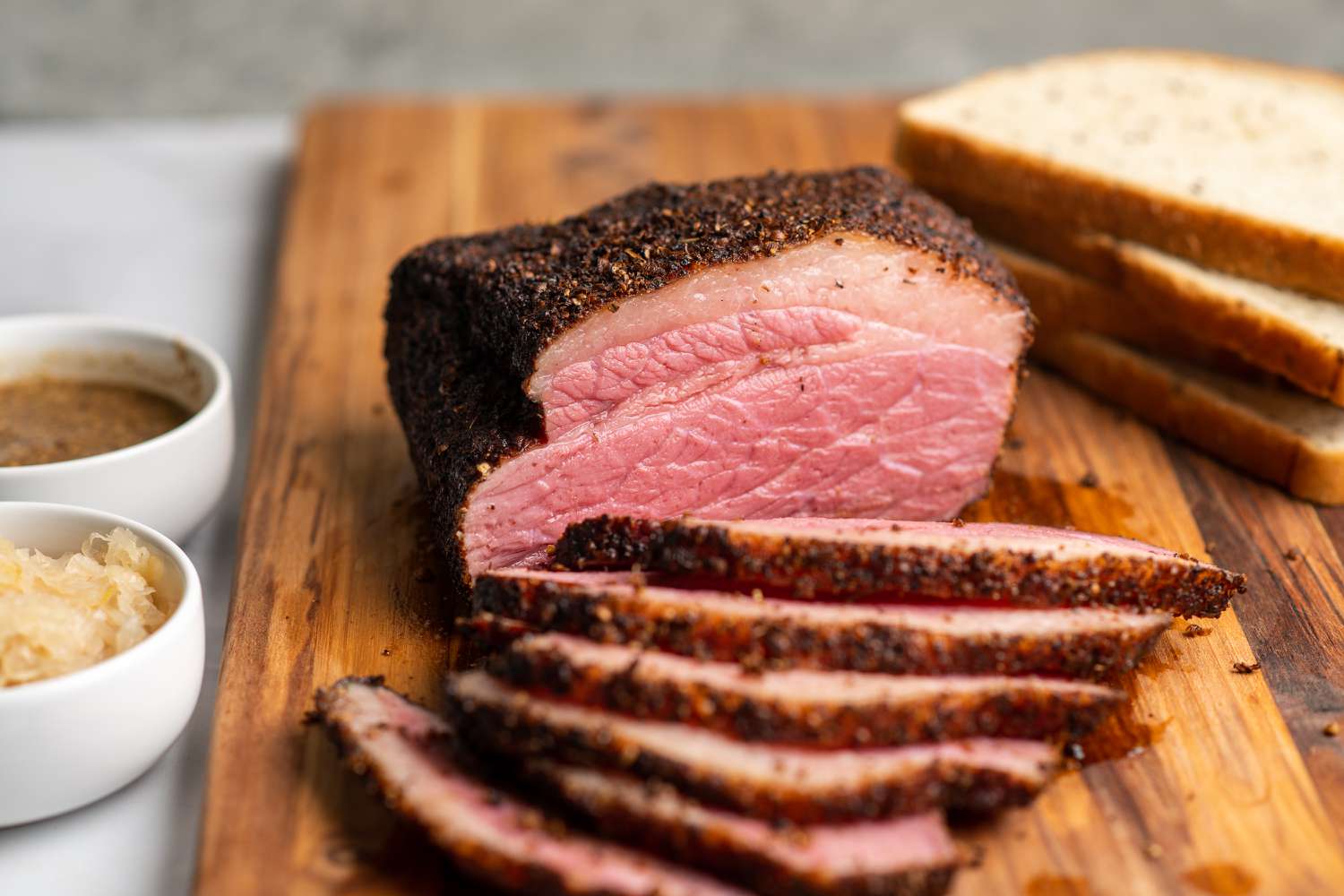
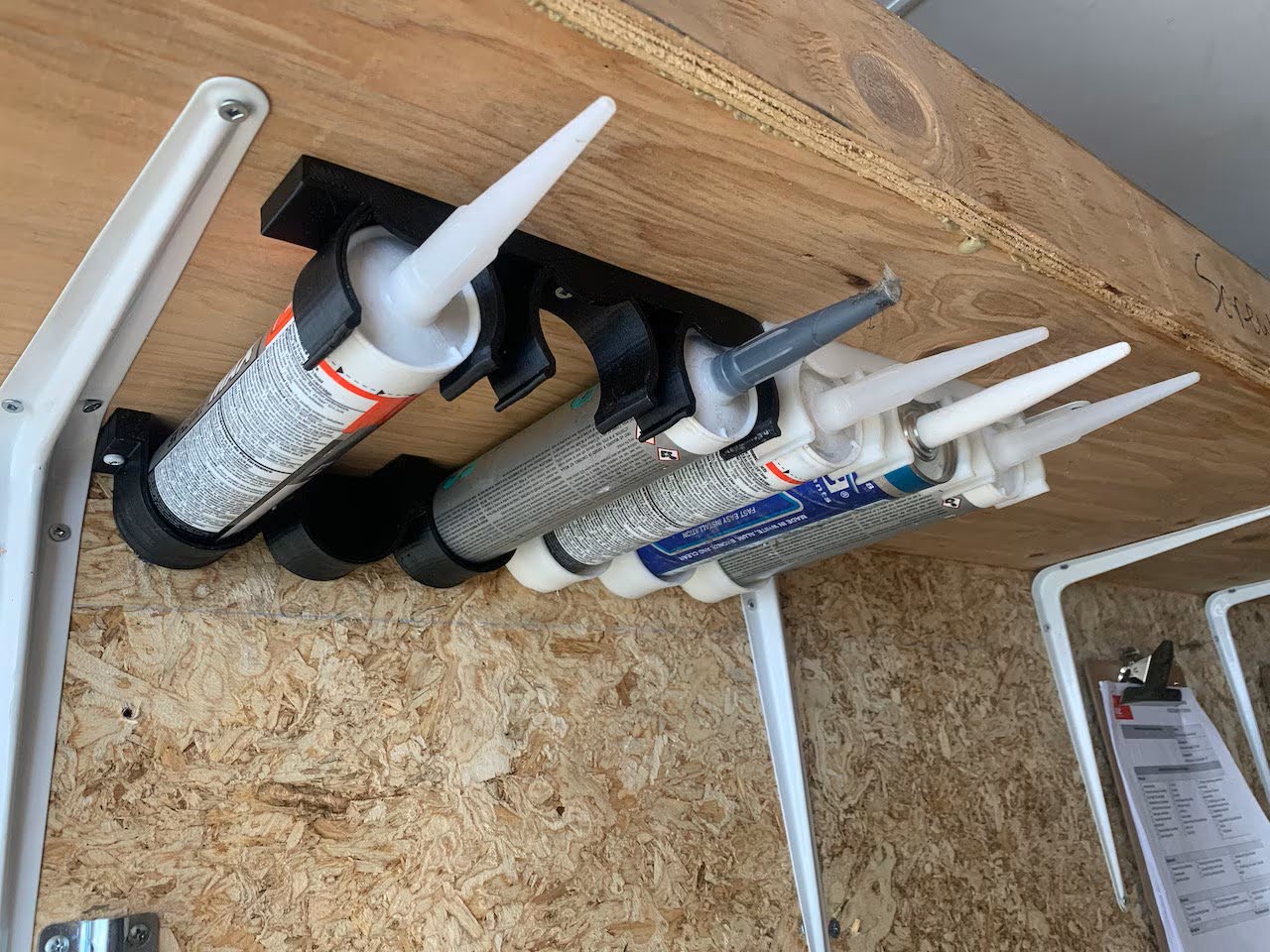


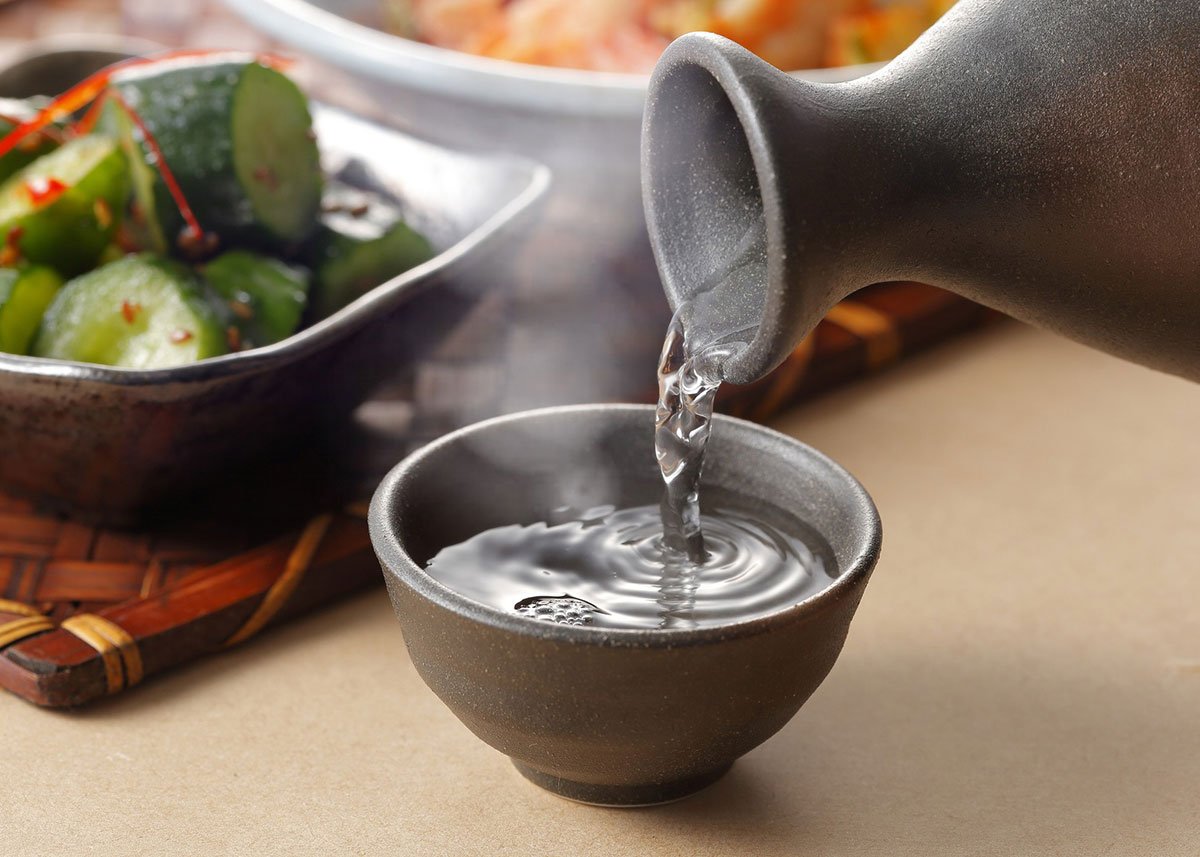
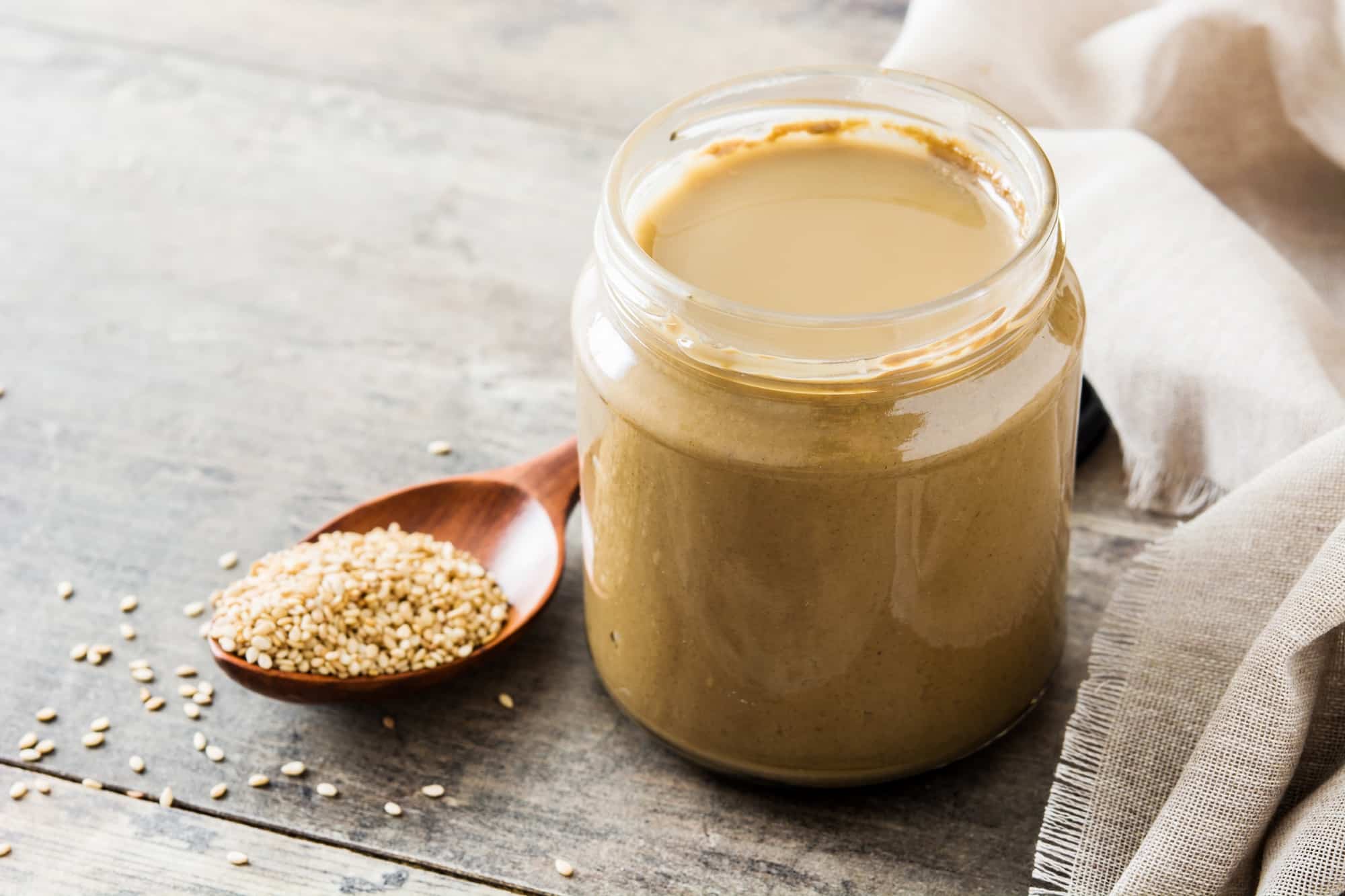
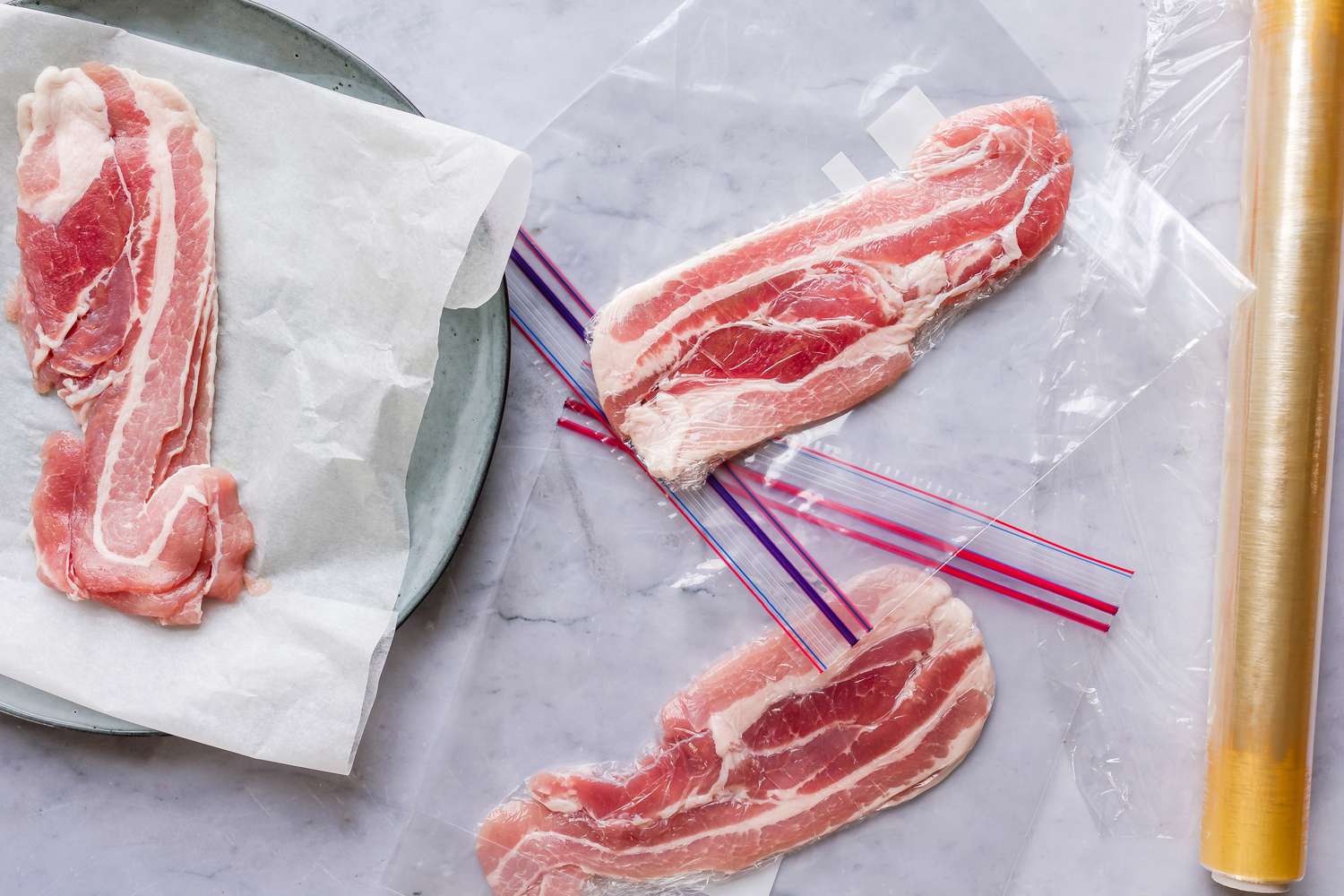
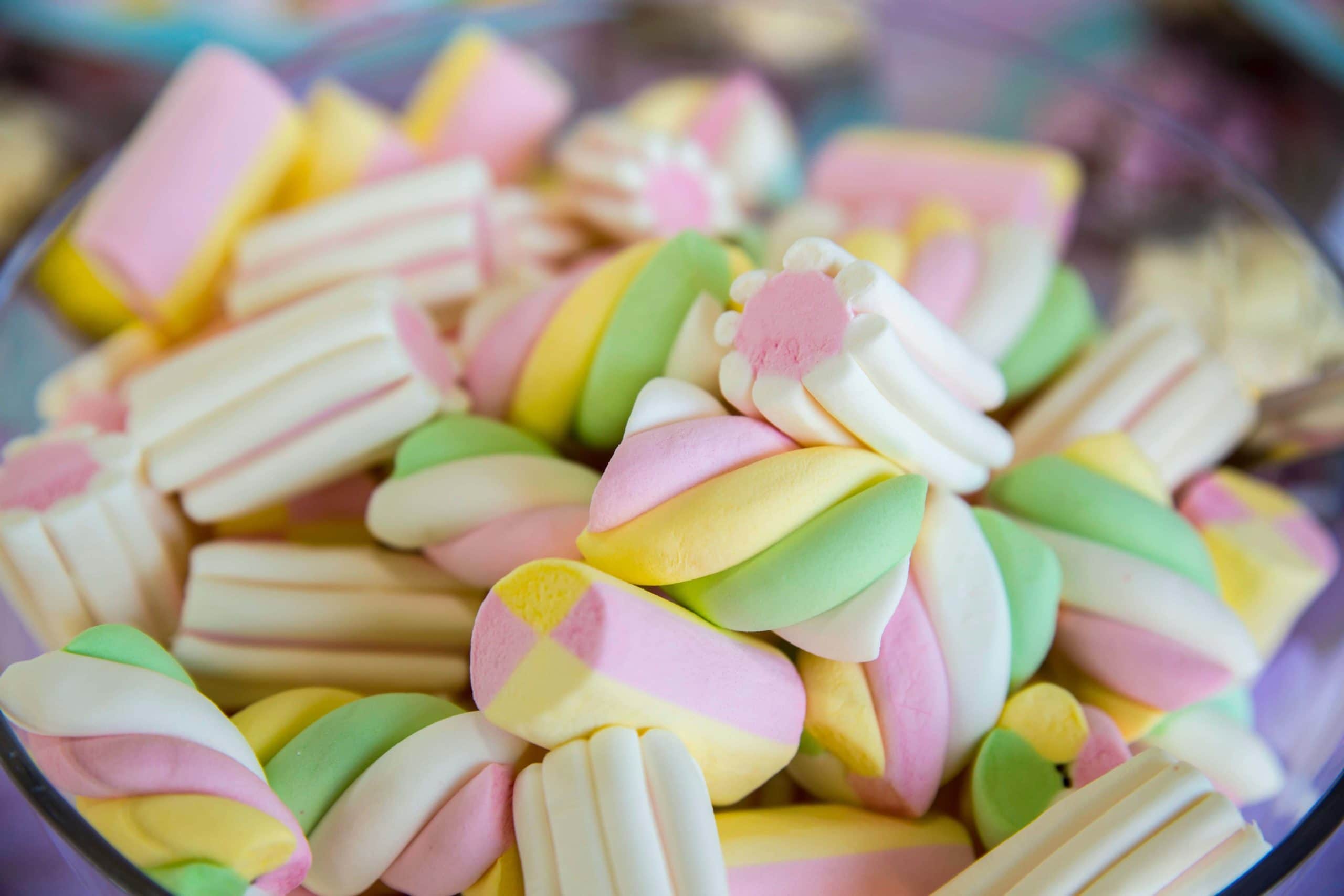
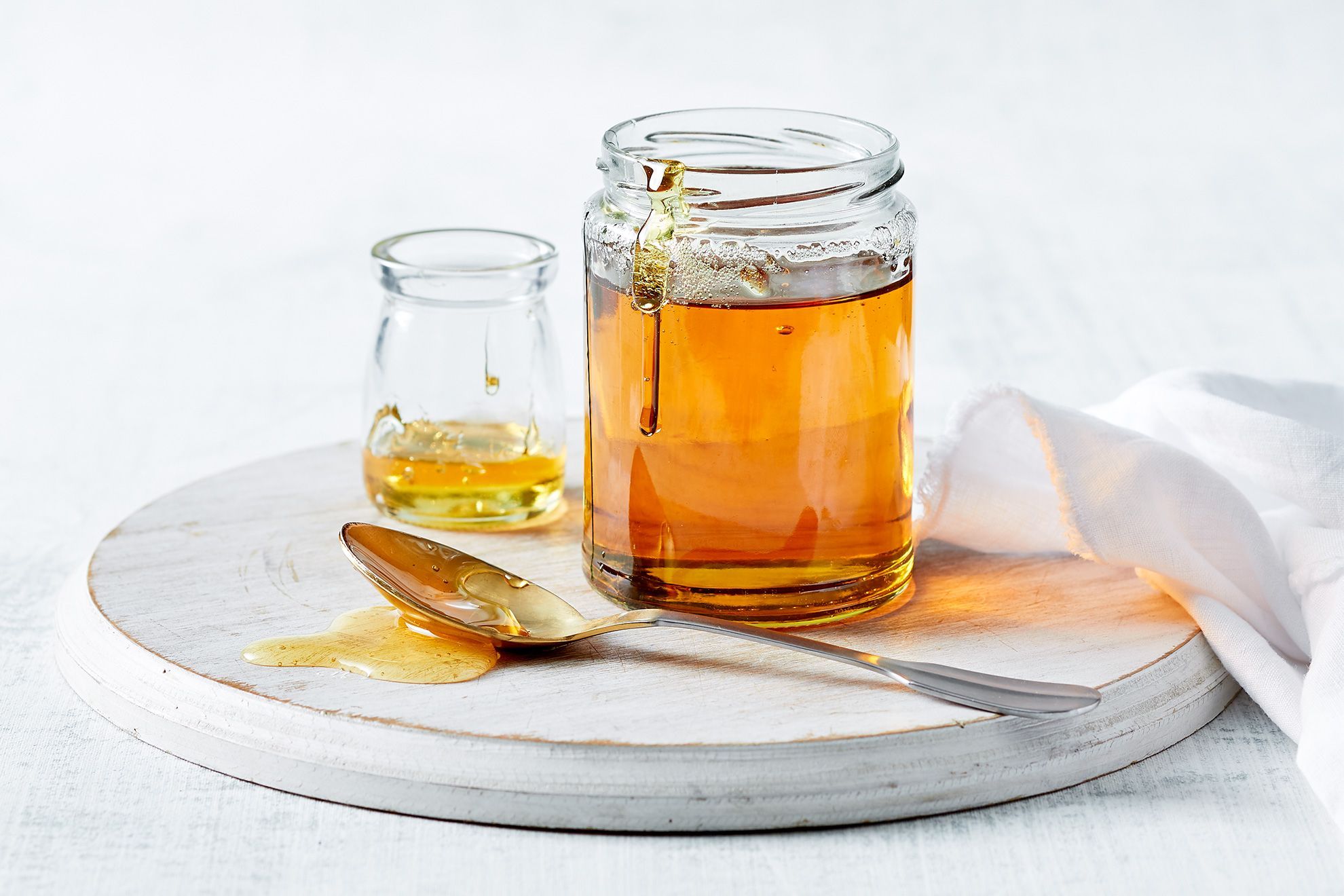

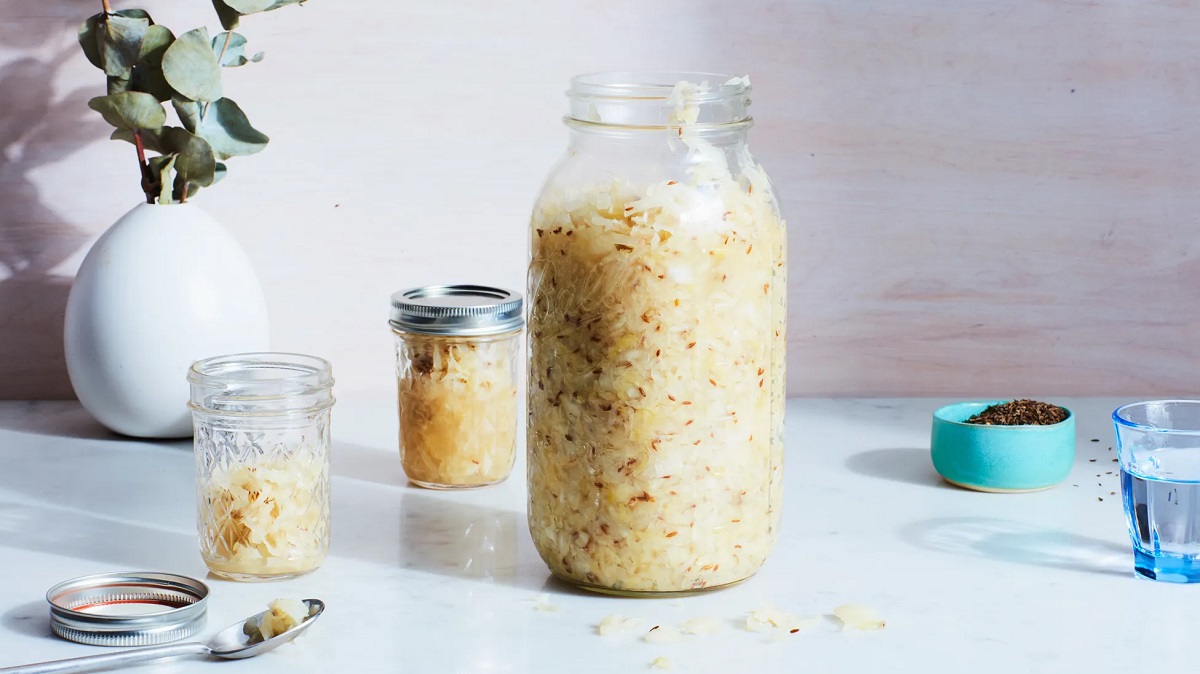
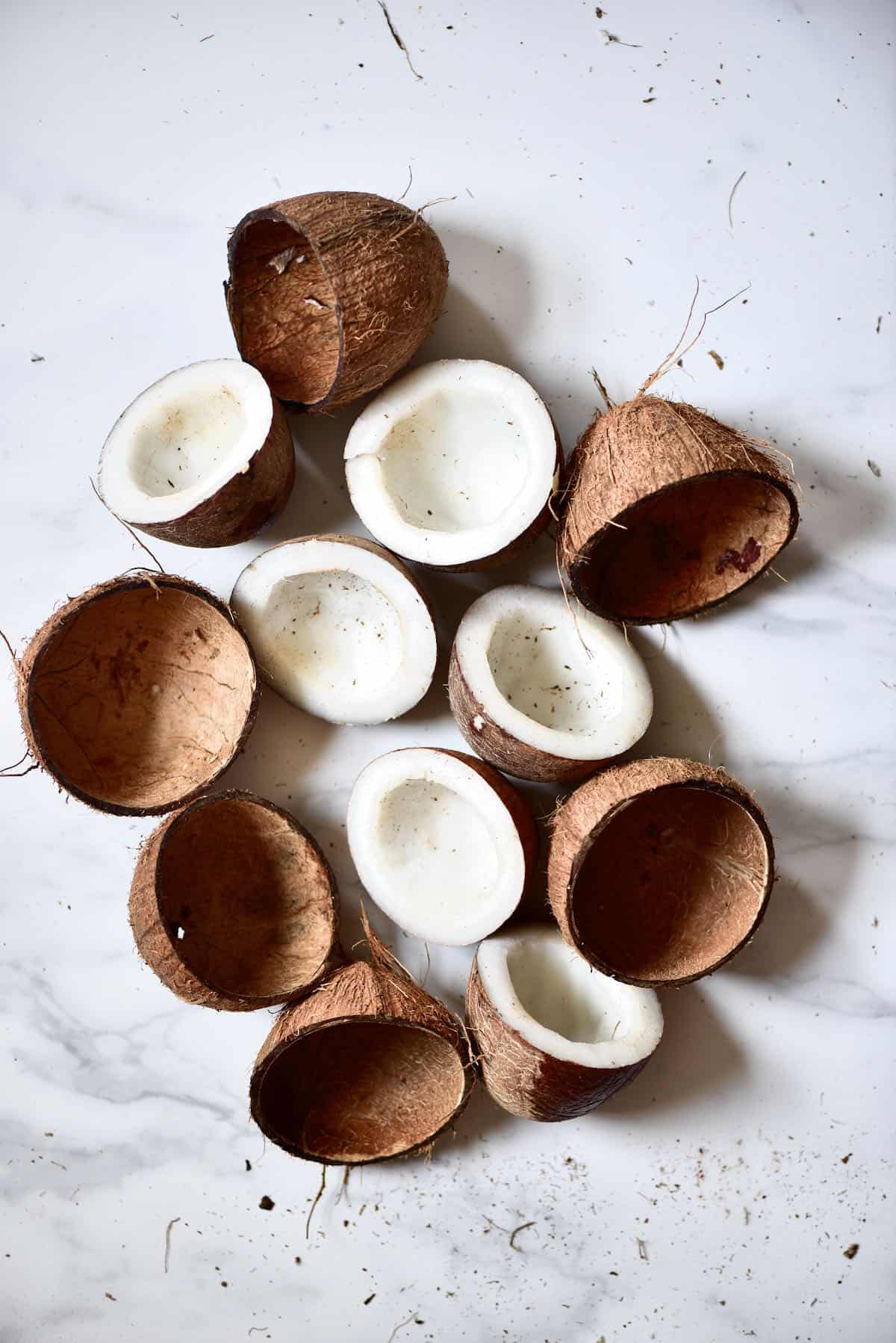

0 thoughts on “How To Store Corn Syrup After Opening”